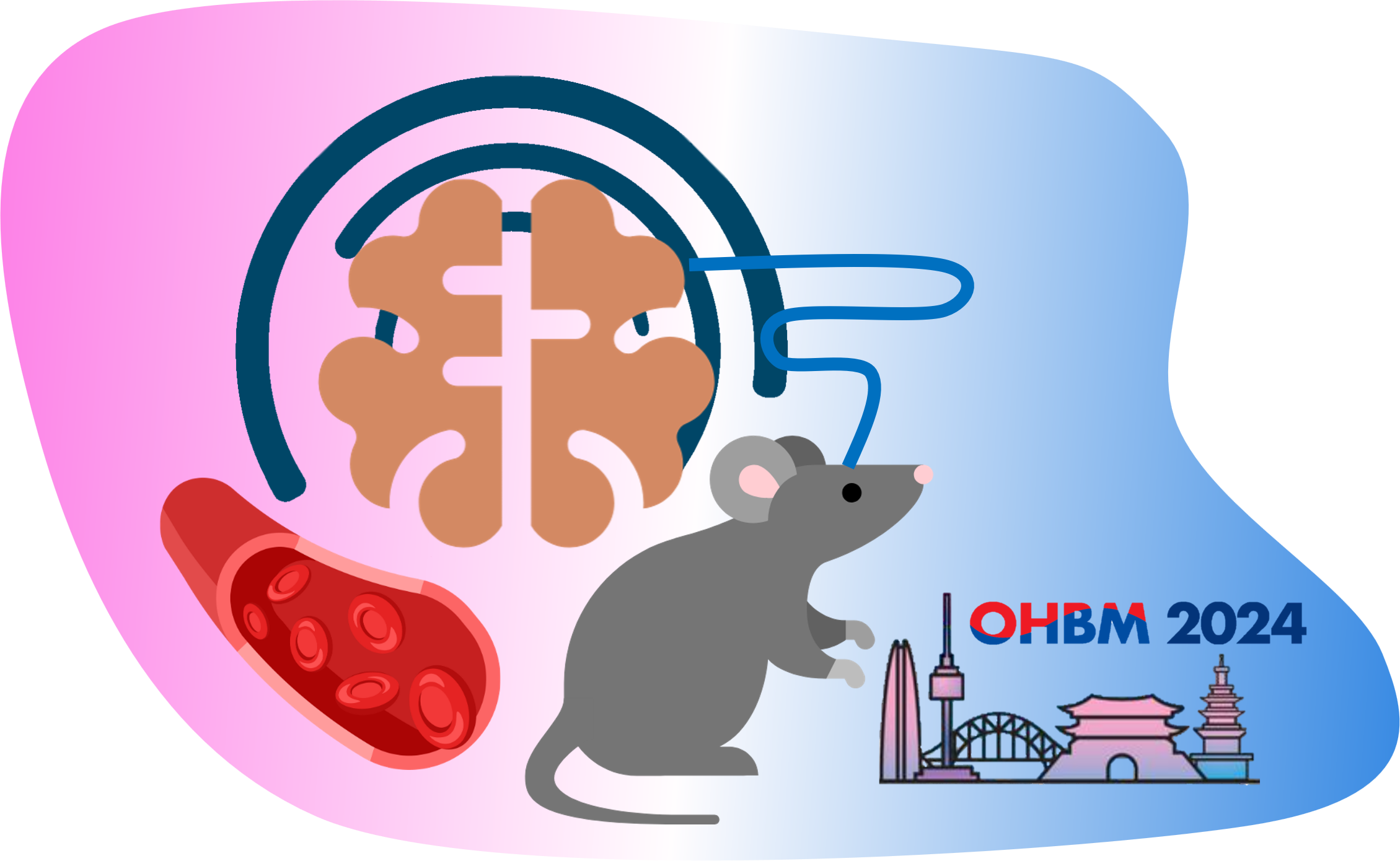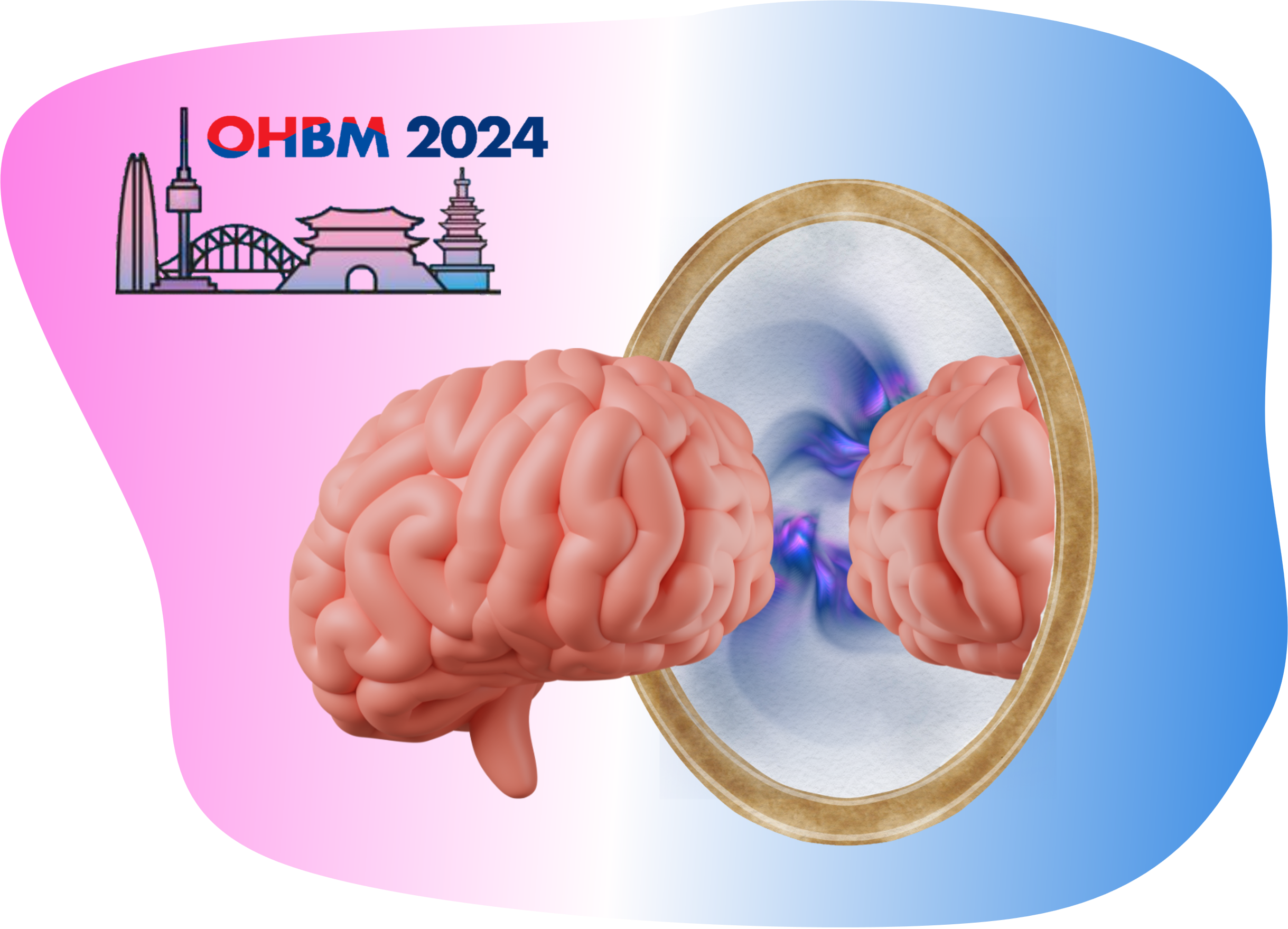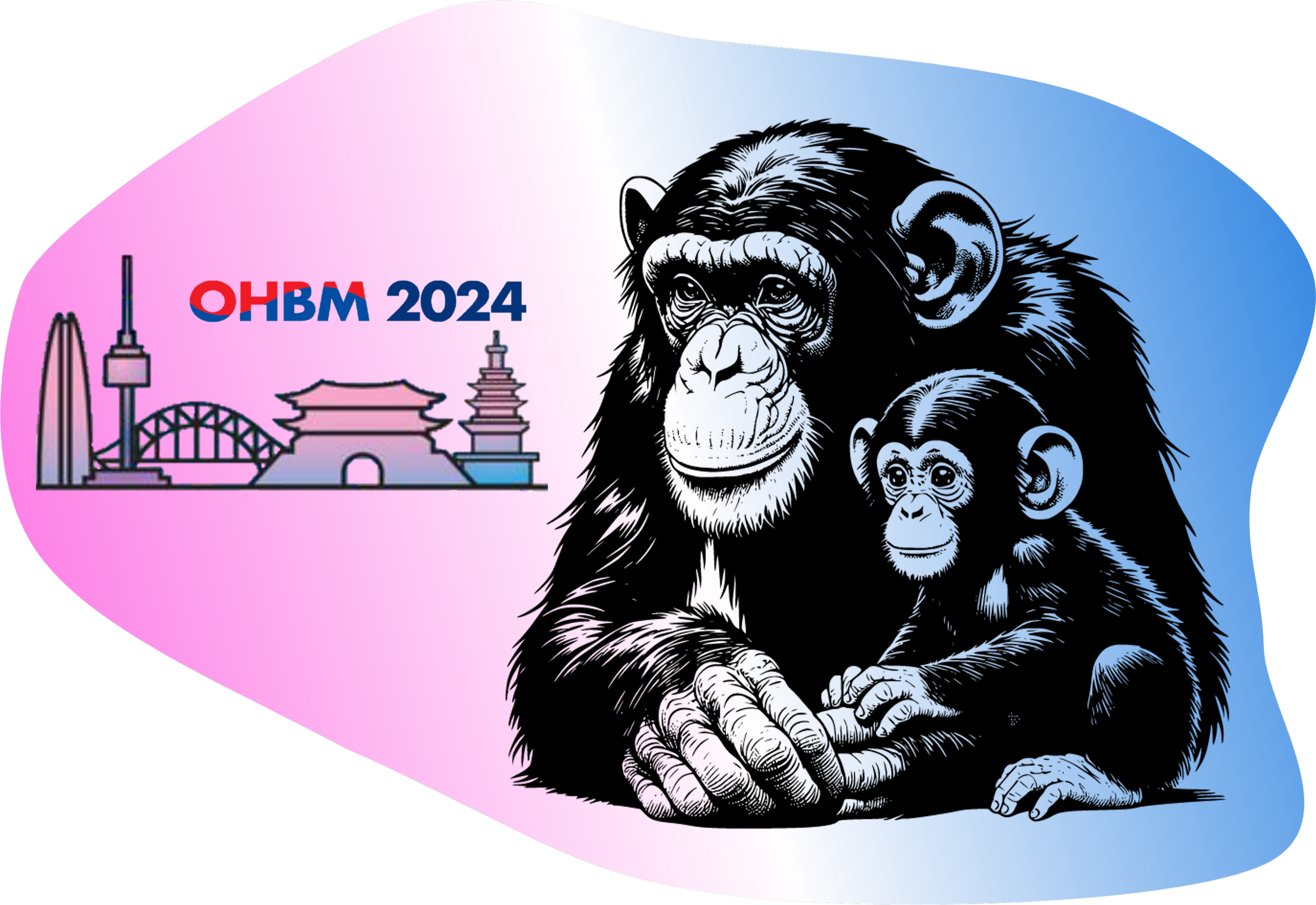
Keynote Series: Seong-Gi Kim — Feedforward or feedback: Measuring directionality of information flow with ultrahigh field fMRI
The advancement of functional magnetic resonance imaging (fMRI) has made it increasingly easier to observe what happens in the brain in real time. However, the temporal resolution of fMRI is often limited by the hemodynamic response, the rate at which blood flows to and from tissues in the brain. This can make it hard for neuroscientists to observe rapid changes in brain activity using fMRI in the same way they might using tools like electroencephalography (EEG) and magnetoencephalography (MEG) which measure faster physiological processes. But as MRI technology improves, fMRI measurements are becoming more precise, allowing researchers greater specificity when studying smaller changes in brain activity.

Keynote Series: Lucia Melloni — Adversarial Collaboration : Large scale collaborations to help define and measure the neural correlates of consciousness
What makes someone conscious? What is consciousness? Scientists and philosophers have been asking these questions for millennia. And the field of consciousness has made significant progress in the last century. But questions still remain and competing viewpoints have arisen to define what consciousness is and, more recently, how it presents itself in the brain. One group of researchers set out to rigorously test two competing theories of consciousness using a large-scale collaborative consortium

Keynote Series: Zarin Machanda — The hidden cost of motherhood for chimpanzees
Play might be something that we as humans take for granted. We see it as a common activity; something that’s almost automatic. But our beliefs about play may be skewed towards the human experience. For many species, play among juveniles serves as an important catalyst for development, but play among or with adults is less common and parents do not always serve the role of play partner as they do in humans. But while play behaviour has adaptive benefits, it comes at a cost in the wild, which means that there’s important variation in when and why chimpanzees engage in play.